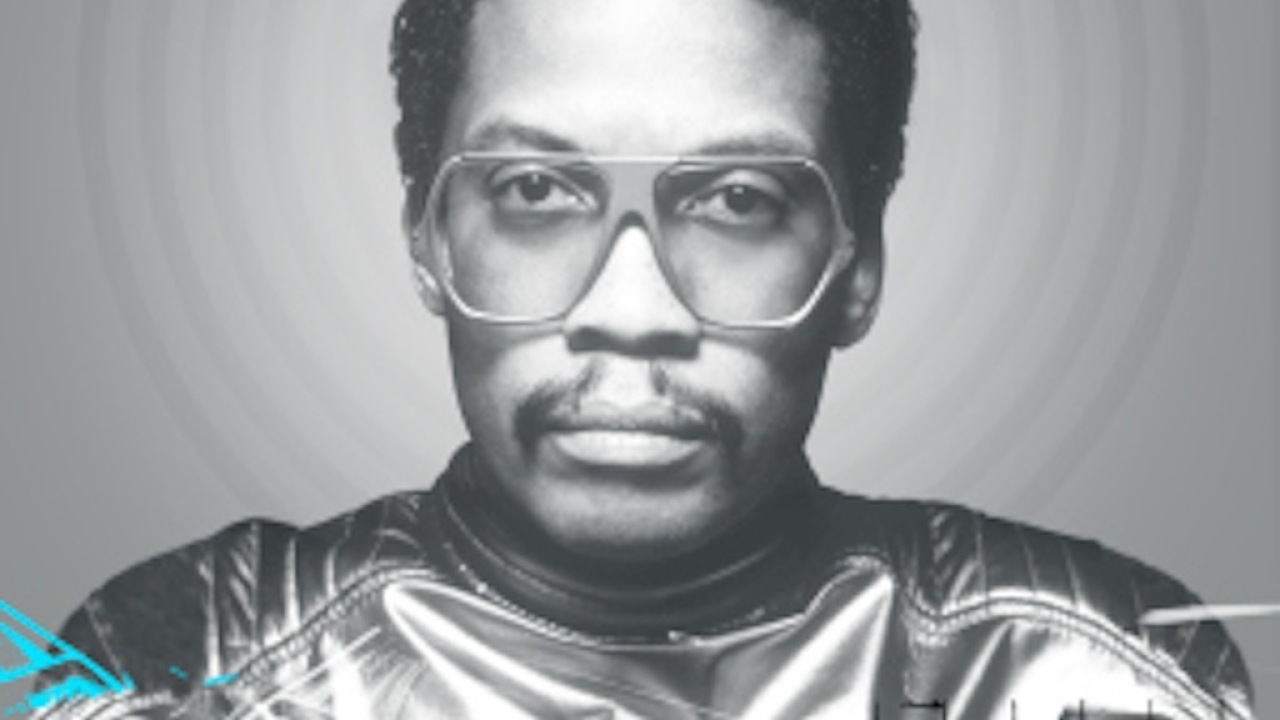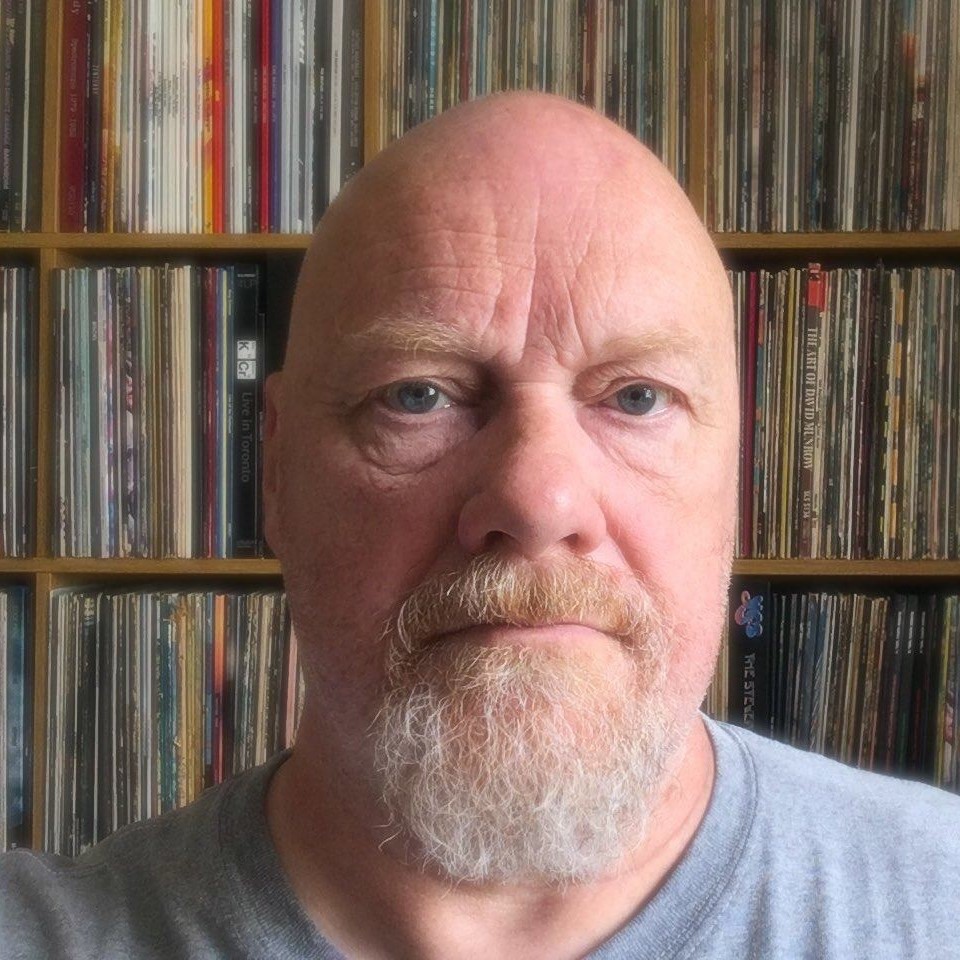There are 34 CDs here, covering avant-garde atonality, R’n’B, jazz-rock, dance, electronic music, hip-hop, world music, film soundtracks and straight-ahead jazz. It’s easy to be dazzled not only by breadth of this long artistic reach but also the depth of one man’s musical adventuring across the 16 years documented in this box set.
Coming in off the back of his late-60s stint with Miles Davis’s resplendent second great quintet, Hancock’s Mwandishi outfit explored African roots, superimposed against Day-Glo backdrops wildly pulsating with vibrant jazz, sizzling electonica and psychedelic Mellotron washes. Forty years on, their final album, Sextant (1973), which begins this set, sounds way further ahead of the creative curve than many of the later releases collected here. If the Mwandishi group were floating somewhere in outer space, then the line-up change ushered in by Head Hunters (1973) and Thrust (1974) sounds very much like the band who fell to Earth and got their groove on.
Precision-layered funk, littered with knife-edge clavinet and Bennie Maupin’s growling sax, gave Hancock some early commercial clout via chart earworm Chameleon, and took him outside the slipstream of the ex-Davis jazz-rock pantheon of the Mahavishnu Orchestra, Weather Report and Return To Forever. The live album Flood (1975) highlights the surging instrumental ferocity and preternatural rapport of this relatively short-lived but essential period in Hancock’s canon. Sadly, the introduction of session players on subsequent releases has the effect of diffusing that concentrated angularity as the music shifted towards a more rounded, radio-friendly direction.
Hancock’s entry into disco isn’t entirely the volte face it might at first seem. A course can be plotted from Man-Child (1975), with its punchy brass riffage and gleaming, highly polished surfaces. It’s a slicker sound that’s less about the intimacies of group dynamics, which had played such an integral role in the preceding discs, and more about a smarter, sassier kind of presentation. It also marks the beginning of his writing partnership with guitarist Wah Wah Watson, further deepened and cemented on Secrets (1976).
A musical split personality is discernible with Sunlight (1978), its front cover presenting Hancock as a shiny new medallion man. On the back, we see him hunkered behind innumerable synths, as if to say that behind the Vocoder crooning and soft-focus funk, a serious muso is also at work. From here there’s a spiral of similar releases with a lightweight banality that’s often only mitigated by a vintage Hancock solo or, in the case of the regrettably leaden Magic Windows, an unexpected duet and co-write with King Crimson’s Adrian Belew.
Such additions provide much-needed substance to the lucrative but monotonous vamps and risible dance-floor Lothario lyrics. Thankfully, things improved immeasurably after combining resources with Bill Laswell for several cross-genre tracks, beginning with the chart-topping Rockit from Future Shock (1983). Powered by an edit-driven narrative rather than virtuosic performance, it certainly shakes things up.
Remarkably, perhaps, alongside the pop hits, Hancock continued playing acoustic jazz, and via the VSOP quintet, produced some supremely agile albums. Initially a little too respectful of their Miles Davis heritage, Herbie, Tony Williams, Ron Carter, Wayne Shorter and MD proxy Freddie Hubbard quickly gained an irresistible, fiery momentum. They offer a graceful, expressive counterpoint to the generic tyrannies of their dance-beat equivalents.
Regardless of context, Hancock’s phenomenal gift with melody is what comes across. Throughout the 34 discs, exquisite soaraway runs, ascending the keyboard with a giddy brilliance, are the order of the day. Away from such strident demonstrations, he creates sparse nebulae in unhurried spacious regions, whose luminescent clusters speckle the silence, suffused with an enigmatic, timeless beauty.
Ultimately, the box set’s warts-and-all perspective provides an honest portrait of a fearless and endlessly inquisitive artist asking, “What would this sound like?” and being unafraid of the consequences.

